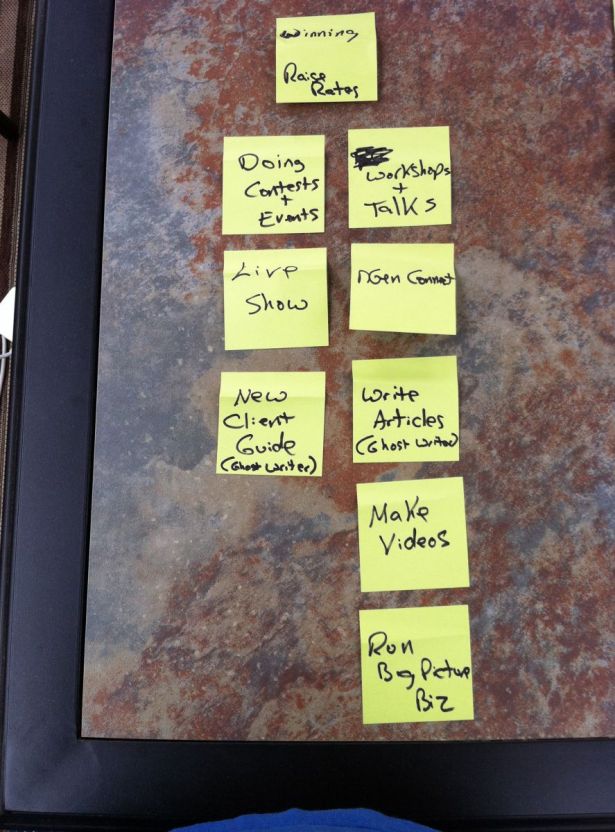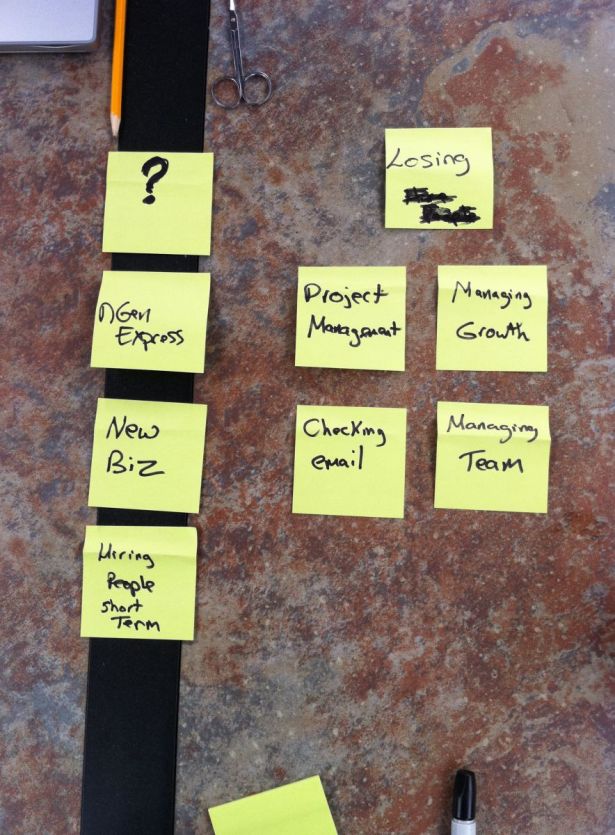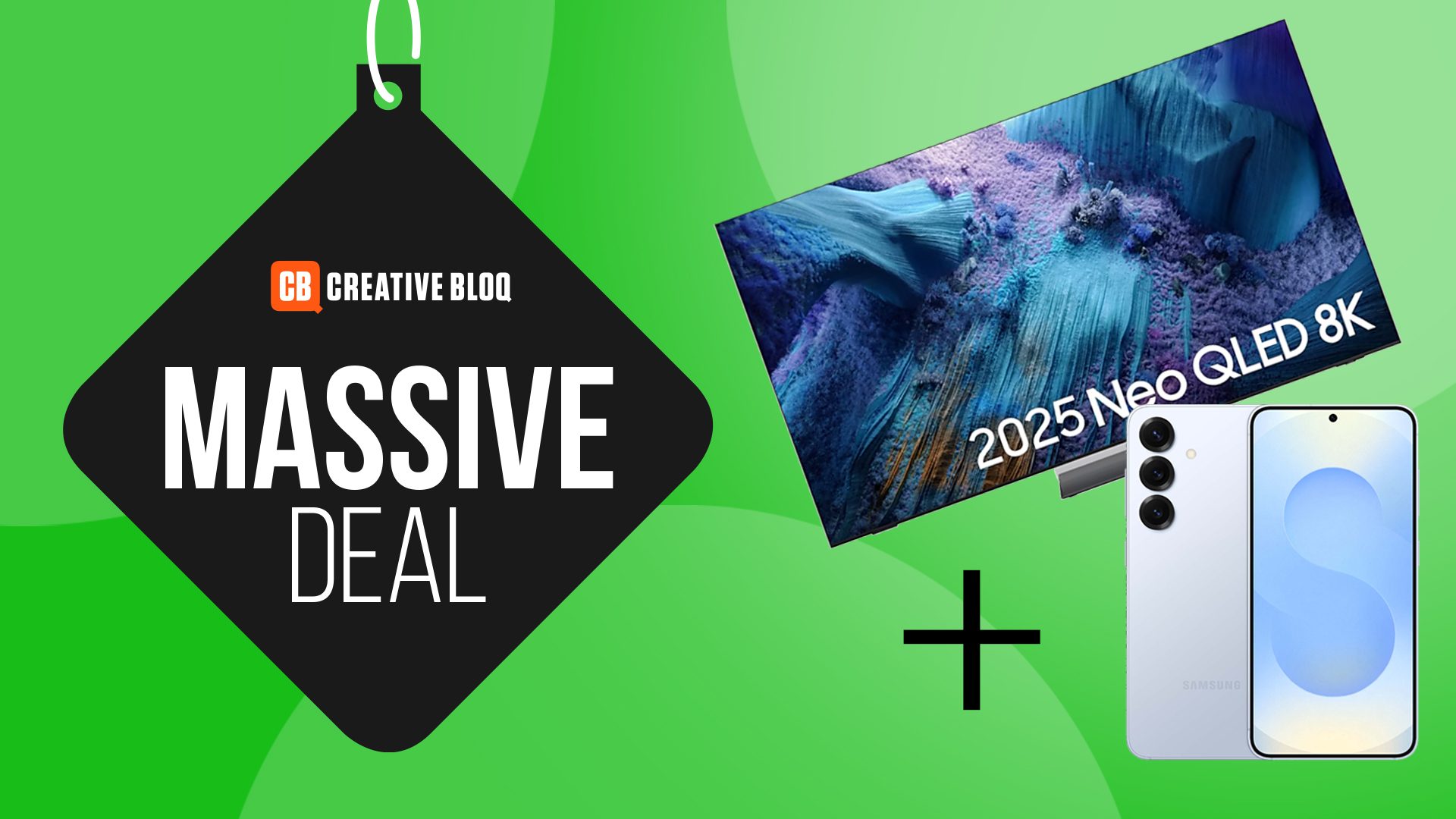Charlie Sheen transformed my agency
All this talk of "winning" and "losing" inspired Carl Smith to make some big changes at his agency. Here the chief keeper upper of nGen Works tells us how Charlie Sheen led him to come up with solutions to quit managing difficult clients, stressing about cash flow and company growth
Four months ago, I set out on a two-week experiment that has changed my life forever. And sadly it causes me to utter the name… Charlie Sheen. I had avoided all the interviews, articles and videos and decided to dive into them one morning to see what it looks like when a star falls from the sky. Surprisingly, I found bits of wisdom in the madman's rants. Today I sit back down in the same chair I did four months ago to tell the story and hope you don't think me mad. Well, that's not actually true. I don't care what you think about me, but I do hope you get a laugh and some insight into your own insanity.
The experiment started with me reviewing my to-do list and realising I didn’t want “to do” most of it. There were just too many things to manage in my day-to-day life. Don’t get me wrong, I’m grateful for everything I have. nGen has let me live life on my terms. Or has it? This was the question I asked myself. What if I just quit doing the things I didn't want to do? What if I focused on winning and ignored all the losing things? What would happen? So I made two lists, Winning and Losing. Then I quit doing everything under the Losing list. Here's what happened.

Quit managing difficult clients
Solution - Lower our rate and bill hourly
Okay, you're saying to yourself, the first thing he does is lower his company's billing rate and abandons value-based billing. He has indeed gone mad! For many people I would agree this seems almost stupid, but not for me.
Our rate was $185 and it was among the highest for shops our size. The problem was, only certain companies could afford us, many of whom fell into the Losing category. I knew if I was going to vaporise the Losing category I had to make a choice. I couldn't let a bullshit number dictate who we were and weren't allowed to work with.
So I lowered it to $150. This was a perfectly reasonable rate based on other companies I had spoken with and it felt like a bargain, but we would still make our numbers. Plus, we could grab some of the fun and interesting work that we missed out on before.
In terms of billing hourly, let me go on the record as saying I suck at estimating value. I absolutely think billing value is the better play. Unless you miss the mark consistently, which I do. Even trying to use Andy Budd's Contract Killer's approach didn't work for us. Not because it isn't brilliant: it absolutely is. Rather, we didn't work in a way where we could define everything the client wanted up front. The first four weeks we're defining what will and won't be a part of the project, so anything written at the beginning becomes worthless.
The last thing I'll say about billing value versus billing hourly is that the two can coexist. That's why every company charges different rates. DUH.
Solution - No more "official" proposals or agreements
Now you know I'm crazy. We actually have one more proposal out there that I think will be our last official proposal. Our clients can cancel at any time and so can we. The deposit we take covers one month on a typical project, so no worries if the client just bails, which has only happened once in eight years.
Get the Creative Bloq Newsletter
Daily design news, reviews, how-tos and more, as picked by the editors.
So… we have email conversations and notes from discussions that detail the approach we're going to take and how we're going to do it. When I later put all the projects from the last 12 months in the Losing/Winning categories, it surfaced that the best projects we currently have are based on nothing more than a virtual handshake and a deposit. This has been the case with multi-million dollar products and services, and small design-only projects. And you know what — nobody has cared. In fact, I don't think they've noticed because we're talking with the decision makers who run the projects or the companies. The worst projects we've had this past 12 months ALL required a formal proposal and in some cases a contract.
I know many of my business-owning friends and colleagues will send me words of warning and I appreciate it, but this is the biggest determining factor I've found in a good relationship versus a bad one. It's about trust. It's about a connection between a creative team and a creative client. 'nuff said.
Solution - Be open, honest and fair with clients
By using this heading I'm implying we haven't always been open, honest and fair. And it's true. Sometimes you don't say things because it would make you look foolish. Or because you should have known to take a better approach. Worst of all, sometimes in the spirit of being fair you give too much to clients. Often being fair means not giving too much as well as not taking advantage.
The natural impact of being open, honest and fair is that clients who weren't a fit for you leave and those who are prosper. Notice that I don't say good clients and bad clients. I honestly don't believe there are bad clients, just clients who aren't a fit. As with any relationship, there is someone for everyone. But the truth is that nGen Works isn't for everyone, and that's okay. We're good enough, we're smart enough and doggone it, people like us.

Quit managing, aka stressing out about, cash flow
Solution - Invoicing monthly
When we started we billed 50/50, then in thirds or most recently, 40/30/30. This was obviously tied to being fixed bid and caused much of the cash-flow situations we dealt with. Starting in March, we switched to requiring a 20 percent deposit and billing monthly for actual time incurred.
The first few months were a little tight but now it is nirvana for me. I know exactly what to expect in terms of cash flow and our clients are great about paying every month. To be clear, we ask clients to give us a target budget, and every week we update them on actual hours and where we are against their requested budget.
This not only keeps them informed, but keeps it top-of-mind for them that everything we do takes time. Interestingly, we come in on or slightly under budget on the projects that we've used this approach on so far. It's early yet, but regardless, the stress of cashflow cycles has been lifted.
Stop managing company growth
Solution - Be open, honest and fair with ourselves
It only makes sense to treat everyone the same, including ourselves. As the company has become more prosperous, there are more opportunities for those of us lucky enough to be called nGeneers. For several months I tried to figure out the best way to share the wealth, and I came up with some crazy schemes that confused the hell out of everyone.
In the end I asked the team what they wanted and it went to a vote. Luckily, my wild schemes landed at the bottom of the list, while more traditional ideas like annual raises and profit sharing were at the top. While I've personally been averse to the concept of being the boss, several team members approached me about the need for leadership. I now see that asking questions, providing guidance and understanding team preference is a great way for us to grow.
Solution - Rethink our place in the world
Perhaps the biggest realisation to come out of this exercise is that nGen Works isn't a company as much as a community. Yes, we provide a service and yes, we get paid for our work. But the reality is we are a collection of talented individuals who want to create things together.
And there are more nGeneers out there, we just haven't met all of them yet. But we will. One way we'll start is by abandoning the traditional way of talking with the world. A website full of static words and case studies shows a slowly aging picture of who we thought we were at that moment in time. To really understand and share who we are, we need to be open and honest everyday. Sharing thoughts, discoveries, successes and failures as they happen. Becoming smarter through the insights of others and hopefully inspiring others to share with the world the hearts behind their homepages.
The results have been promising so far. In four months we've gone from 18 active projects down to six, revenue is up 27 per cent and our profit margin is up three per cent.
So Sheenius or Shtupidity? I guess only time will tell. One things is for sure, though. We're damn well having fun.

Thank you for reading 5 articles this month* Join now for unlimited access
Enjoy your first month for just £1 / $1 / €1
*Read 5 free articles per month without a subscription

Join now for unlimited access
Try first month for just £1 / $1 / €1

The Creative Bloq team is made up of a group of art and design enthusiasts, and has changed and evolved since Creative Bloq began back in 2012. The current website team consists of eight full-time members of staff: Editor Georgia Coggan, Deputy Editor Rosie Hilder, Ecommerce Editor Beren Neale, Senior News Editor Daniel Piper, Editor, Digital Art and 3D Ian Dean, Tech Reviews Editor Erlingur Einarsson, Ecommerce Writer Beth Nicholls and Staff Writer Natalie Fear, as well as a roster of freelancers from around the world. The ImagineFX magazine team also pitch in, ensuring that content from leading digital art publication ImagineFX is represented on Creative Bloq.
